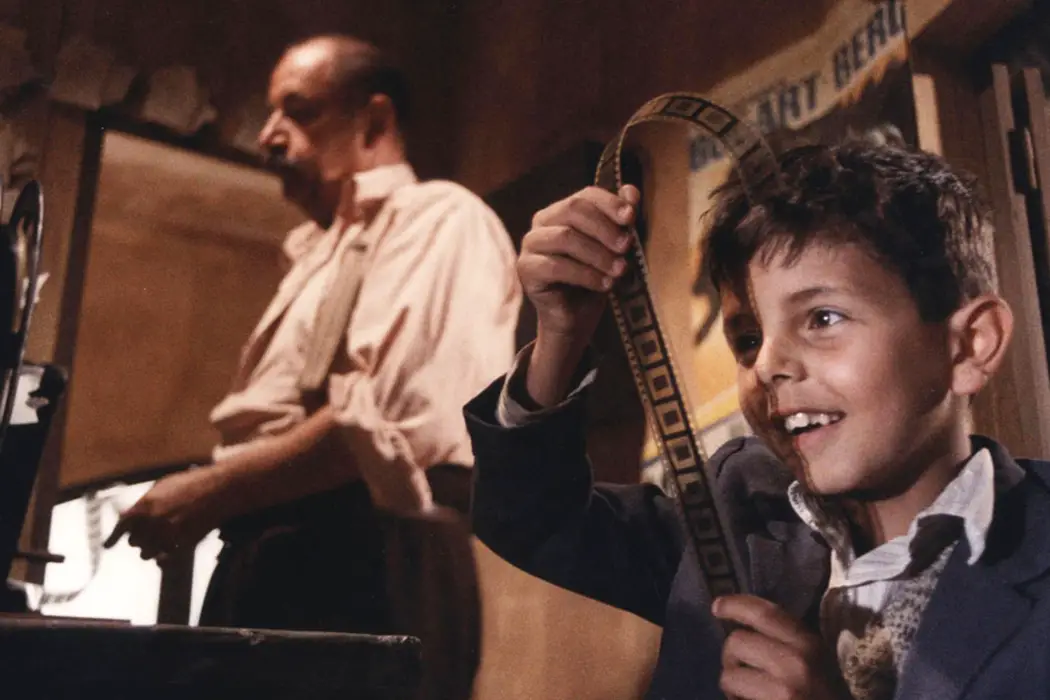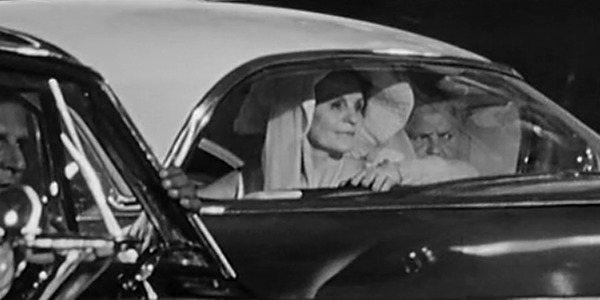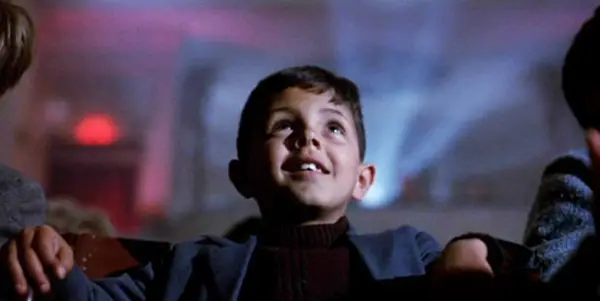Sogno Italiano: The Art Of The Dream In Italian Film

Michelle Sabato is an actor and writer from Cleveland, Ohio.…
Hollywood is not the only city to leave a lasting mark on the world of cinema. Each country has contributed to the art form in different ways that have moved film into a whole course of study. Italians have made a thumbprint on film, whether it is Italians straight from Italy or Italian-Americans. But there is a theme that travels throughout a lot of Italian cinema, and that is the art of the dream. Let’s take a further look into why dreams have been used as a device in some of Italy’s most popular movies.
Italian History
While history, in general, is a huge passion of mine, I will spare everyone the details of giving an Italian history lesson. But as we all know, Italy is a rich culture that prides itself on its cuisine, artwork and fashion. But as film started up in the 20th century, Italy was going through a dark period. After being a newly unified country, it was swamped in corruption before the first World War broke out.
Italy went into the war as a divided country, with Fascist regimes on the rise. After Mussolini took hold of the country, Italy was in a full blown police state. People were impoverished and morale was low. By the end of the war, the neorealist movement was in full effect and depicted life in Italy for what it really was. And it was not great. Poverty and hard working conditions forced the country to try and find an outlet. And for a country so artistically inclined, the outlet started to take form in cinema.
8 1/2 (1963)

When talking about Italian film it would be impossible not to mention Federico Fellini. And in regards to the topic of dreams, 8 1/2 spares no time getting right into the theme. The first three minutes of the film are a dream sequence in which the main character, Guido, is stuck in trafficking and suffocating. He is able to free himself from his car and floats through the crowd, like a statue of the Virgin Mary during a procession. He floats into the clouds before he is dragged back to earth. Guido is a character loosely based off of Fellini himself. He is a film director who has ran out of inspiration and feels the immense pressure of everyone around him.
The film in its entirety is a classic, but the first three minutes are able to compile a whole narrative for the pressure that anyone in the film business must feel. All of the people in the other cars watch as Guido struggles for breath and tries to escape his car. The viewers of Guido juxtapose the viewers of a film; mere bystanders who watch and judge.
For 8 1/2, the subject of a dream is not a novelty, but it shows how dreams and cinema coincide. Reality and moments of fantasy are what make up life and film. Fellini conceived many of his films through an array of influences, the way that the character Guido does. It can be implied that only through dreaming do these many influences take form into a cohesive story. The most notable correlation between dreams and film come from a famous quote said by Fellini, calling movies “a dream we dream with our eyes open”.
Cinema Paradiso (1988)

I use a test on people to see if I can take them seriously as lovers of film. The test is whether or not they have seen Cinema Paradiso. If the answer is no, then I know I can’t take them seriously. This might be harsh, or even childish, but this film, in my opinion, is a must-see.
The bulk of the film takes place in a flashback of the main character, Salvatore’s, childhood in Sicily after World War II. Salvatore, whose nickname is Toto, lost his father in the war and spends a lot of his time at the local movie house. Alfredo, the projectionist, finds Toto to be irritating and mischievous and tries to drive him away, but Toto keeps coming back. They eventually become really good friends and Toto learns how to use the film projector.
The films become a parent to Toto and offer him an escape from the war-torn island. His dreams are the actual release of watching a film. Every time he watches a film he is able to see a different side of life, even though the films are being edited by a local parish priest. Films are better lessons than he is able to get from school. Toto stays at the cinema and eventually takes over the job from Alfredo when he is hurt in an accident. He goes from being a childhood viewer and parlays that into his teenage job, one which he takes very seriously.
It is through the power of cinema that Toto is able to dream of a life far from his own. But he makes this dream a reality. He grows up to become a filmmaker in Rome. Toto was one of the lucky ones who was able to make his dream a reality. In this film we see that dreams are not unattainable and are not mere figments of imagination.
Malena (2000)

There are certain characteristics for a quintessential coming-of-age film: an awkward situation, a crush, and strange parent behavior. Malena has all three, and has the backdrop of Sicily during World War II. The main character, Renato, gets his first bike and starts to ride around town. He falls in love with a woman named Malena, who lives on the outskirts of town and whose husband is a soldier at war.
Malena, played by Monica Bellucci, is strikingly beautiful and is envied by all the women in town. She lives a simple life, just taking care of her father and trying to find work around town. Renato becomes obsessed with her daily routines and follows her, until he notices that he is not the only person interested in her.
As she begins to become more ostracized from town because of her beauty, she resorts to working in the brothels where the German soldiers frequent. Renato follows her one night and passes out after seeing her with a soldier. His mother is convinced he is possessed by demons and has a priest try to perform an exorcism. Malena is ultimately forced to leave town right before her husband, who she thought was dead, shows up. Renato sends him a message to tell him that Malena fled. He finds her and they are reunited. A year passes before Renato sees Malena again. Out of all the women Renato ends up loving in his life, the only one that he remembers fondly is Malena.
Throughout the film Renato places himself in imaginary circumstances with Malena. He envisions they are like movie stars recreating an epic love scene. Renato’s boyish fantasies are relatable to anyone who has had a crush in their childhood. His dreams of Malena transport all audience members back to their youth and leave us with nostalgic feelings of our first loves.
Dreams in Italian film: Conclusion
Italian culture is sensual, romantic and nostalgic; and their films reflect that. To dream is to be creative and hopeful. Italian culture demands that we look behind to see what we have left, and look forward to see what we can become. While Italian film is diverse, it is the films that focus on the dreamers that catch my heart and remind me of the greatness of my culture.
What advantages do you think Italian film has? Are these films good representations of Italian history and culture?
Does content like this matter to you?
Become a Member and support film journalism. Unlock access to all of Film Inquiry`s great articles. Join a community of like-minded readers who are passionate about cinema - get access to our private members Network, give back to independent filmmakers, and more.
Michelle Sabato is an actor and writer from Cleveland, Ohio. By the age of 2 Michelle had memorized all the words to The Wizard of Oz. So, yes, she can carry a conversation with just using movie quotes.













